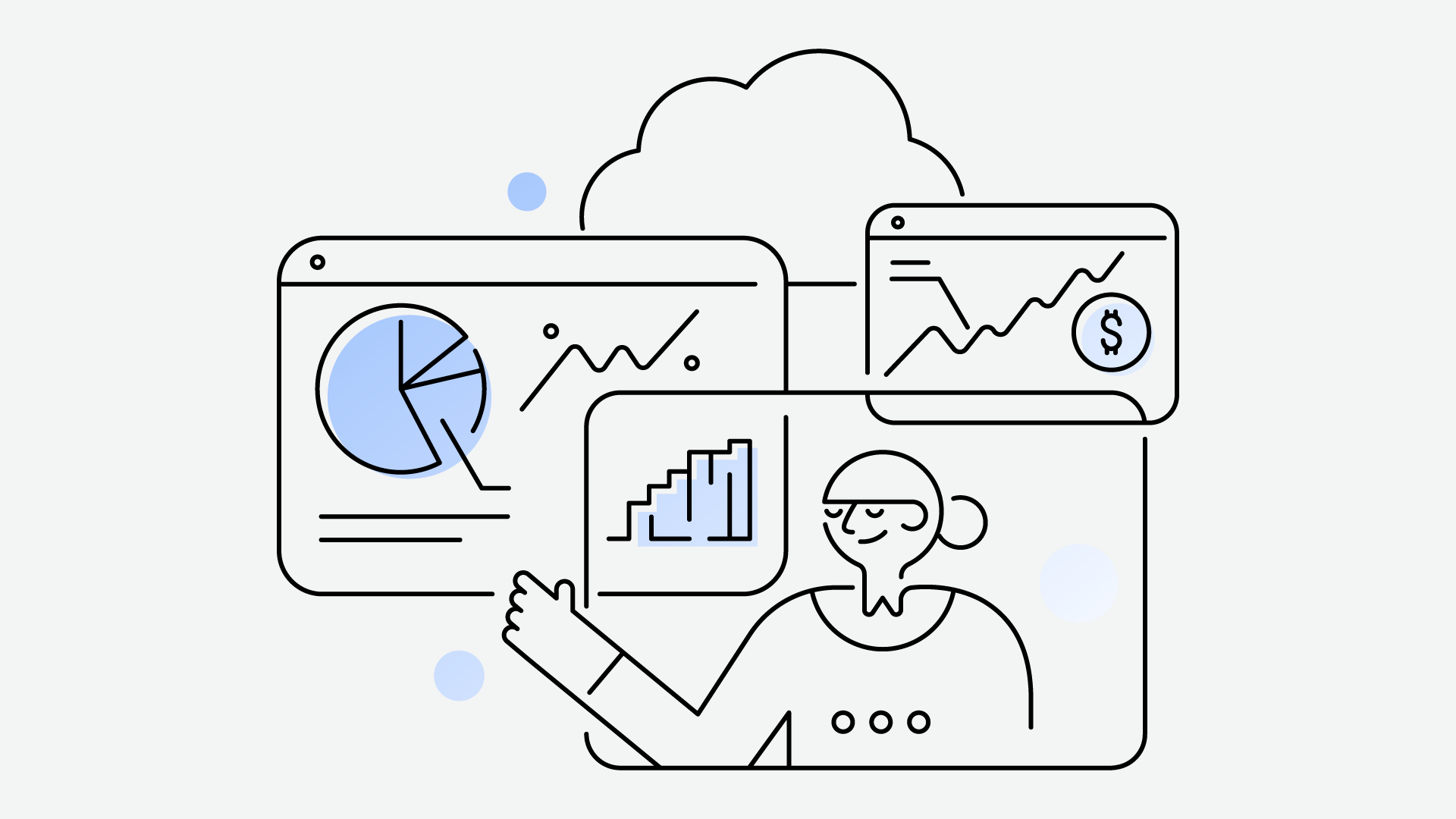
Self-directed brokerage windows allow participants to establish a personal brokerage account within their employer’s defined contribution plan. There are usually more investment options in brokerage windows than in the plan menu. This gives participants access to a broader array of stocks, bonds, mutual funds, and exchange traded funds (ETFs).
Recently, there has been increased interest in self-directed brokerage accounts in 401(k) plans. The boost was perhaps spurred on by the ERISA Advisory Council’s meeting on this topic.
As the largest independent recordkeeper of employer-provided retirement plans, Alight Solutions is always looking for ways to keep you updated on the latest shifts and trends in retirement plans. We think you’ll find value in these five facts about self-directed brokerage accounts.

DOWNLOAD THE PDF
5 Facts about self-directed brokerage accounts
-
Half of large plans have a self-directed brokerage window, and prevalence is growing
Currently, about half of plans have a self-directed brokerage window. This prevalence has been steadily growing over the last couple of decades.
- Plan sponsors can customize the window options
Plan sponsors may choose to limit investment options in a brokerage window. While 60% of plan sponsors offering brokerage windows allow for full brokerage options, the remaining 40% limit the investment options in some way. Specifically, 9% allow for a mix of mutual funds and ETFs while the remaining 31% allow for only mutual funds. Employers can also limit the amount workers can invest in the widows. Fifty-four percent of plans that offer brokerage windows have no-to-very minimal ($1,000 or less balance required in the 401(k) account) restrictions on the maximum percentage of the balance that can be invested in the brokerage window. The remaining plans place varying restrictions on participants. The most common restriction is to prohibit participants from investing more than 50% of their balance in the brokerage window. Nineteen percent of plan sponsors with brokerage window offerings have this limit.
Source: Alight Solutions recordkeeping data, 2021
-
In aggregate, only about one out of every 40 actively employed participants (2.4%) uses a self-directed brokerage window
While there are plans that have nearly 20% of participants using the window, almost 90% of plans have less than 5% of participants investing through the window.
-
Older and higher-paid workers are most likely to use self-directed brokerage windows
Participants using self-directed brokerage tend to be male, older, higher salaried, and highertenured. Workers in their 40’s are more than twice as likely as workers in their 30’s to use a self-directed brokerage window.
-
Participants with self-directed brokerage accounts tend to have large 401(k) balances
As of 2021, the average plan balances for those using the self-directed brokerage account is roughly double the overall average account balance ($232K vs. $130K). More than threequarters of those using self-directed brokerage windows have at least $100,000 in their account. Among the general population, only 28% of participants have at least $100,000 saved. Conversely, while nearly one-third of all plan participants have less than $10,000 in their accounts, only 2% of self-directed brokerage window users have less than $10,000.
Source: Alight Solutions, 2021 Universe Benchmarks
Get in touch
Interested in learning more about SDBA usage or other DC benchmarking information? Talk to us.


